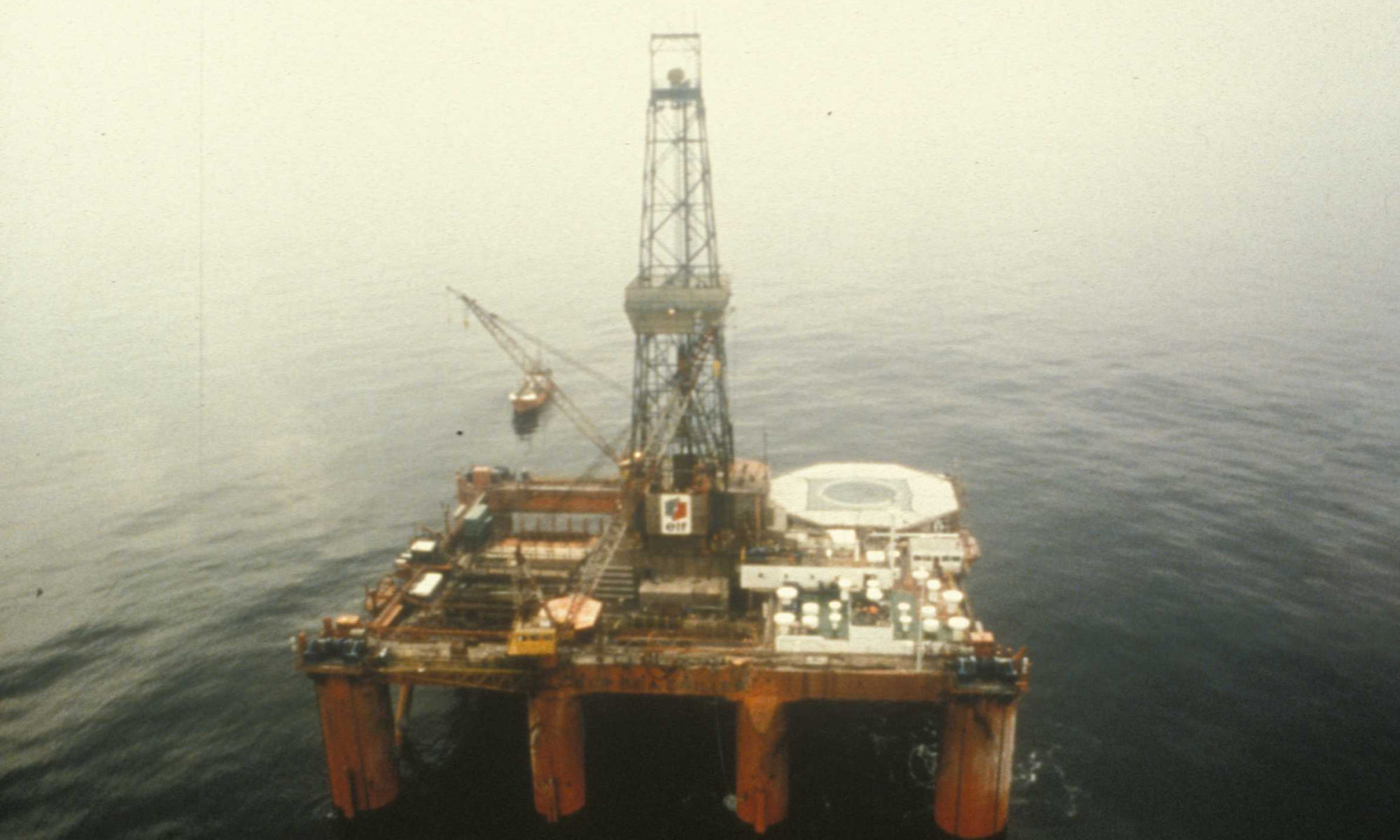North-East Frigg discovered

It also extended into block 30/10. Awarded in 1969, these blocks came under production licences 024 and 030 respectively. Elf became the operator with a 25 per cent holding. Its partners were Esso with 40 per cent, Hydro with 20 per cent, Total Marine Norsk with 12 per cent and Statoil with three per cent.
North-East Frigg’s gas reserves were estimated at 11 billion standard cubic metres. The Norwegian government gave its approval in 1980 to landing the gas abroad.
Choice of concept
This field was the first Frigg satellite to be brought on stream with the aid of subsea technology. It was developed with wellheads installed on the seabed and an unstaffed control column.
The gas was piped to Frigg, processed on TCP2 and sent on to St Fergus in Scotland through the Norwegian Frigg pipeline. North-East Frigg was controlled with the aid of radio signals from the main control room on Frigg’s quarters platform.
Through this project, Frigg became a technological showcase. Elf was the first company to adopt remote control of subsea wells on the NCS. It had a long tradition of developing seabed solutions, starting in the Gulf of Guinea off west Africa as early as 1968.
After 10 years of research, the North-East Grondin field could be brought into commercial operation.
Experience from the Gulf of Guinea could be adopted on East Frigg, discovered in September 1973, and North-East Frigg. These were marginal fields, which were unlikely to be worth developing with conventional technology based on stand-alone platforms. As prospects, they presented great uncertainty in terms of both reservoir and economics.
At this time, the Norwegian government had expanded its involvement in the petroleum industry and wanted to draw on the oil companies to give domestic industry a boost.
Through technology agreements, the authorities sought to enhance Norwegian expertise. Pressure was applied to Elf to develop the satellites with the aid of an unconventional production solution.
The French company presented four development options in May 1979. One was an unstaffed tower attached by a universal joint to a concrete foundation, which allowed it to move horizontally with waves and currents, and a seabed template with slots for six subsea-completed wells.
Another involved subsea wells combined with a permanent, unstaffed floating platform and flexible risers. Next came a light steel platform with seven production wells, and the final option covered six remotely operated subsea wells.
Both the third and fourth options were discarded on the grounds of price and risk. The choice fell on option one, a single articulated column with built-in operation and control units for the production wells.
Construction
North-East Frigg was the first satellite in the North Sea to be brought on stream with the aid of subsea technology and a field control station (FCS). Attached to a concrete foundation on the seabed, built by Skånska Cementgjuteriet (later Skanska) in Gothenburg, the FCS was articulated to move freely in the horizontal plane and tied to six subsea-completed wells in a template which incorporated a manifold system, valves and flowlines to TCP2 on Frigg.
The template was designed by Kongsberg Våpenfabrikk and Elf Norge, and fabricated by Nord Offshore. Kværner Engineering was responsible for designing the FCS, with the steel column built at Kværner Brug in Egersund, the universal joint by Kværner in Oslo and the topside with helideck by OIS in Kristiansand.
The template was installed in June 1981, with divers used both for this operation and for subsequent maintenance. The FCS stood 150 metres from the template in 102 metres of water, 18 kilometres from TCP2. Modules for processing, metering and compressing gas from North-East Frigg and Odin were installed on the TCP2 platform in July 1983.
To prevent the formation of hydrate (hydrocarbon ice) plugs in the flowline from North-East Frigg, methanol was piped from TCP2 and injected into the flowline at the template.
Drilling of the six production wells on North-East Frigg began on 23 December 1981. The Byford Dolphin rig from Dolphin Services handled this operation, which was completed in the summer of 1983.
